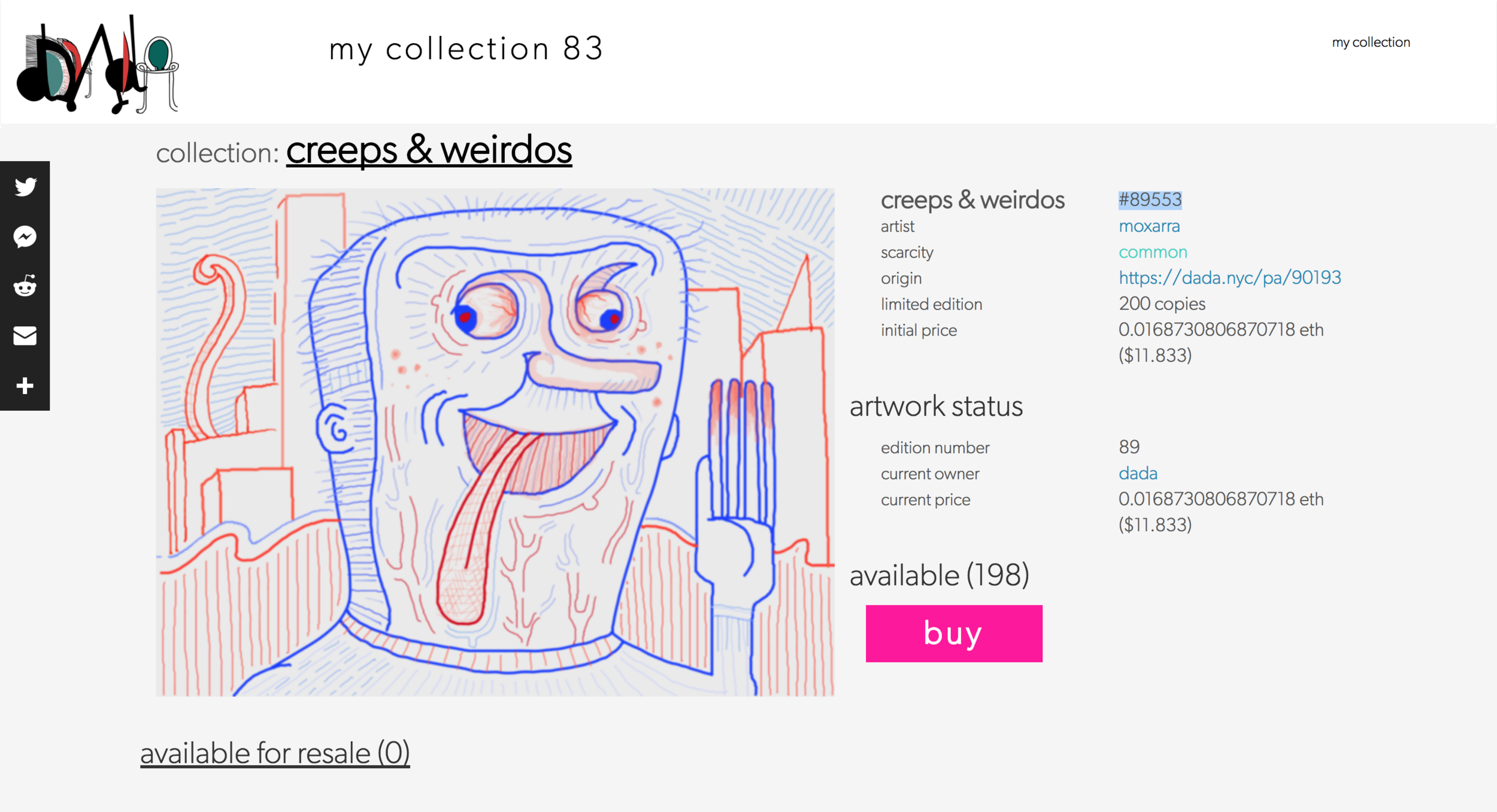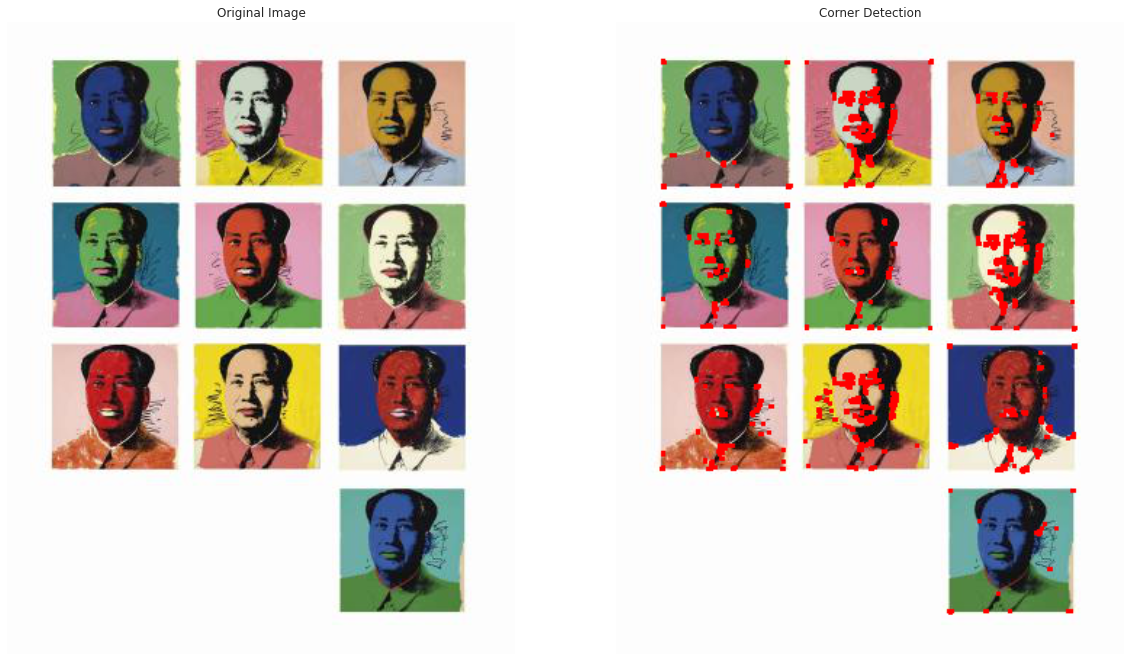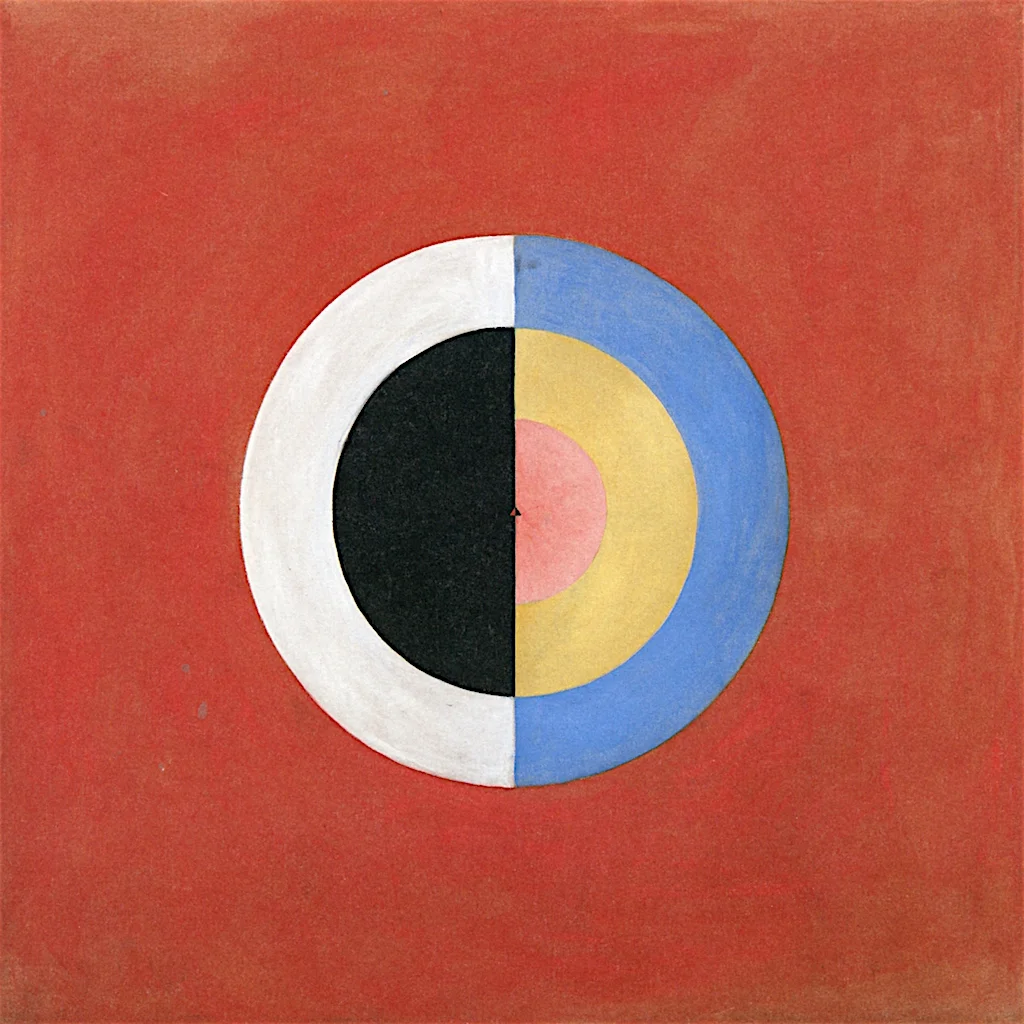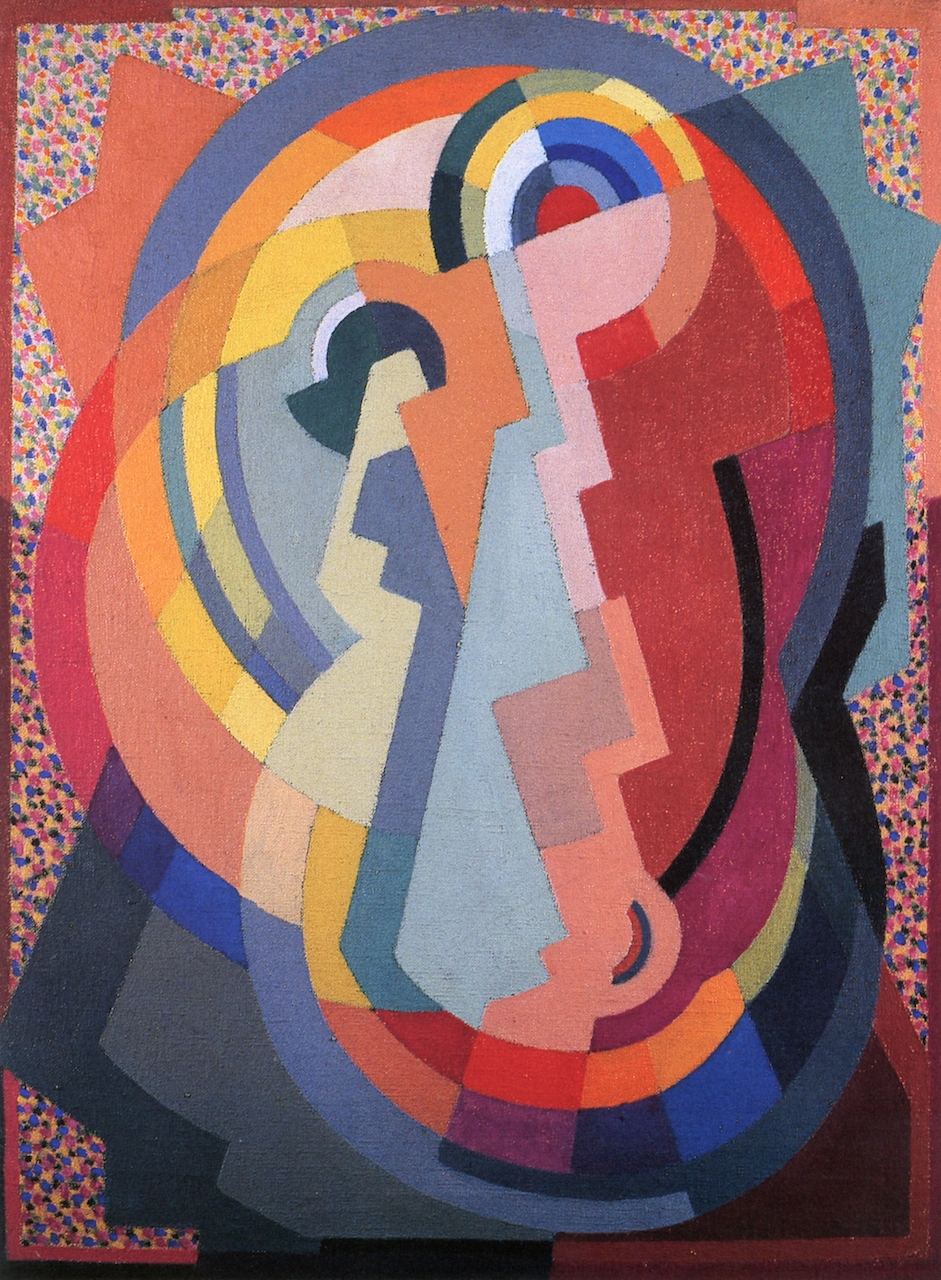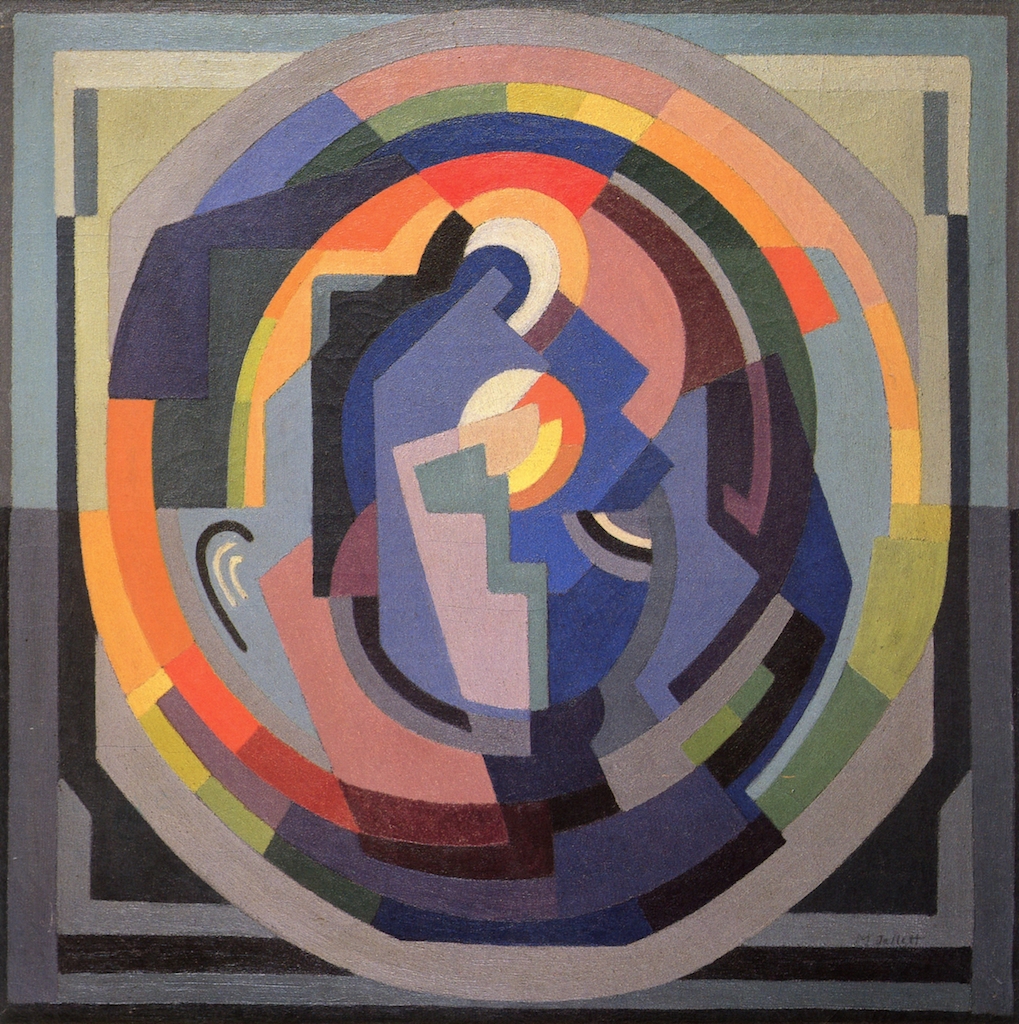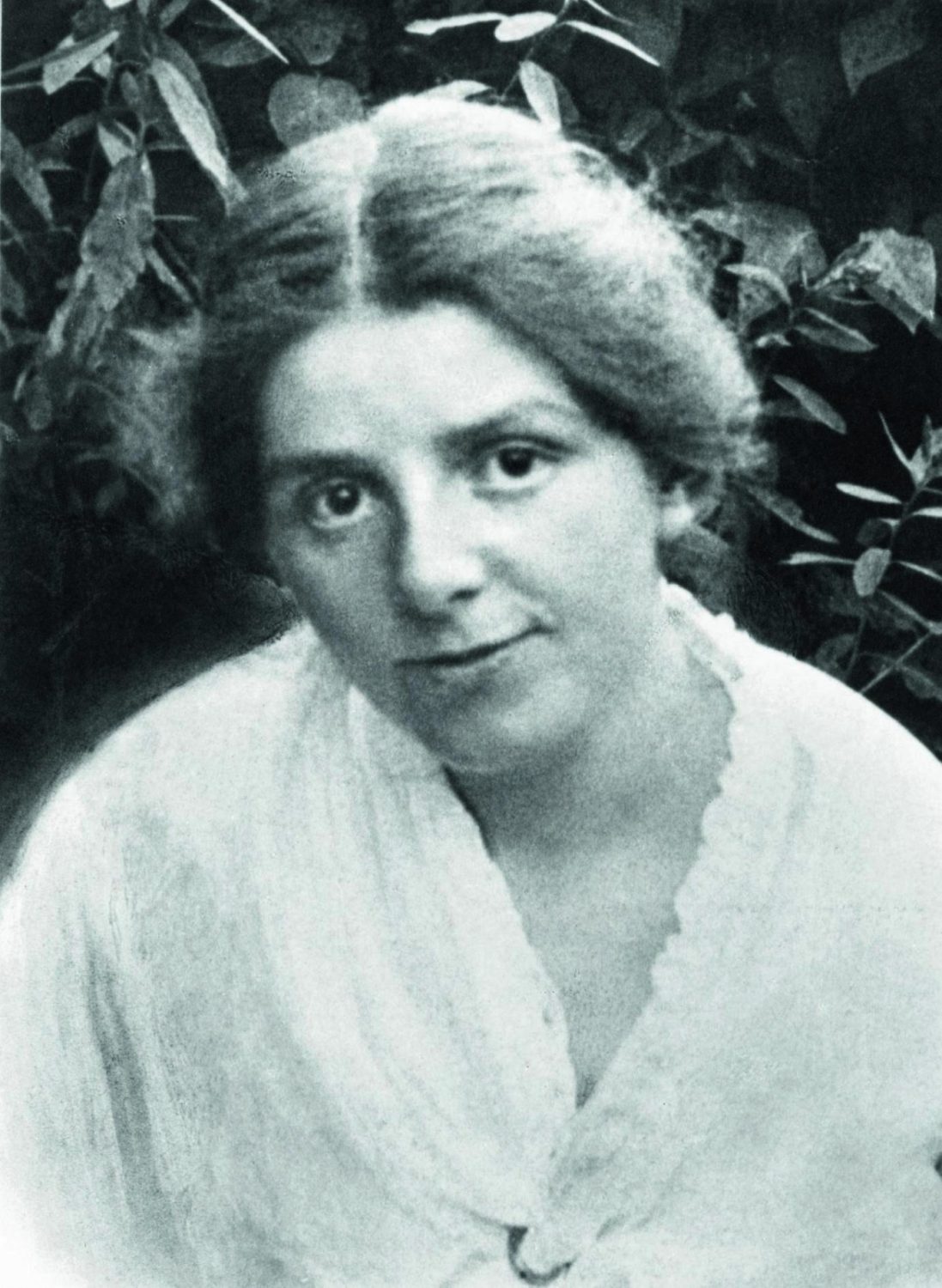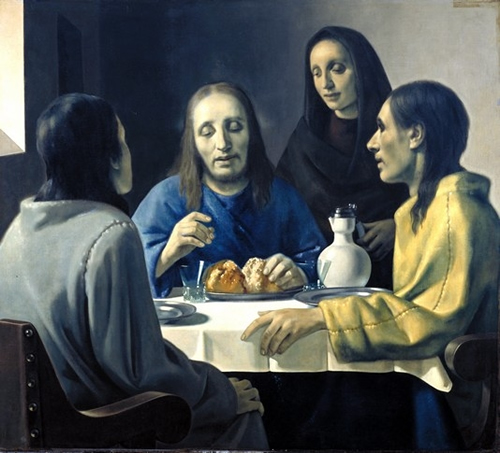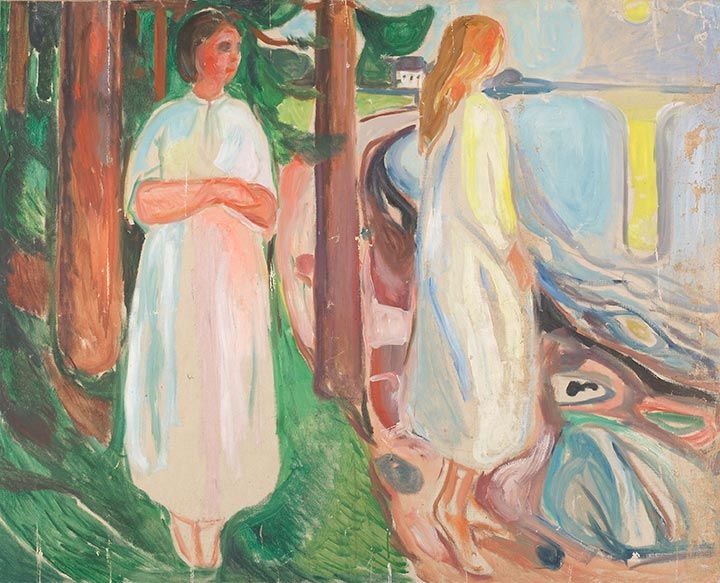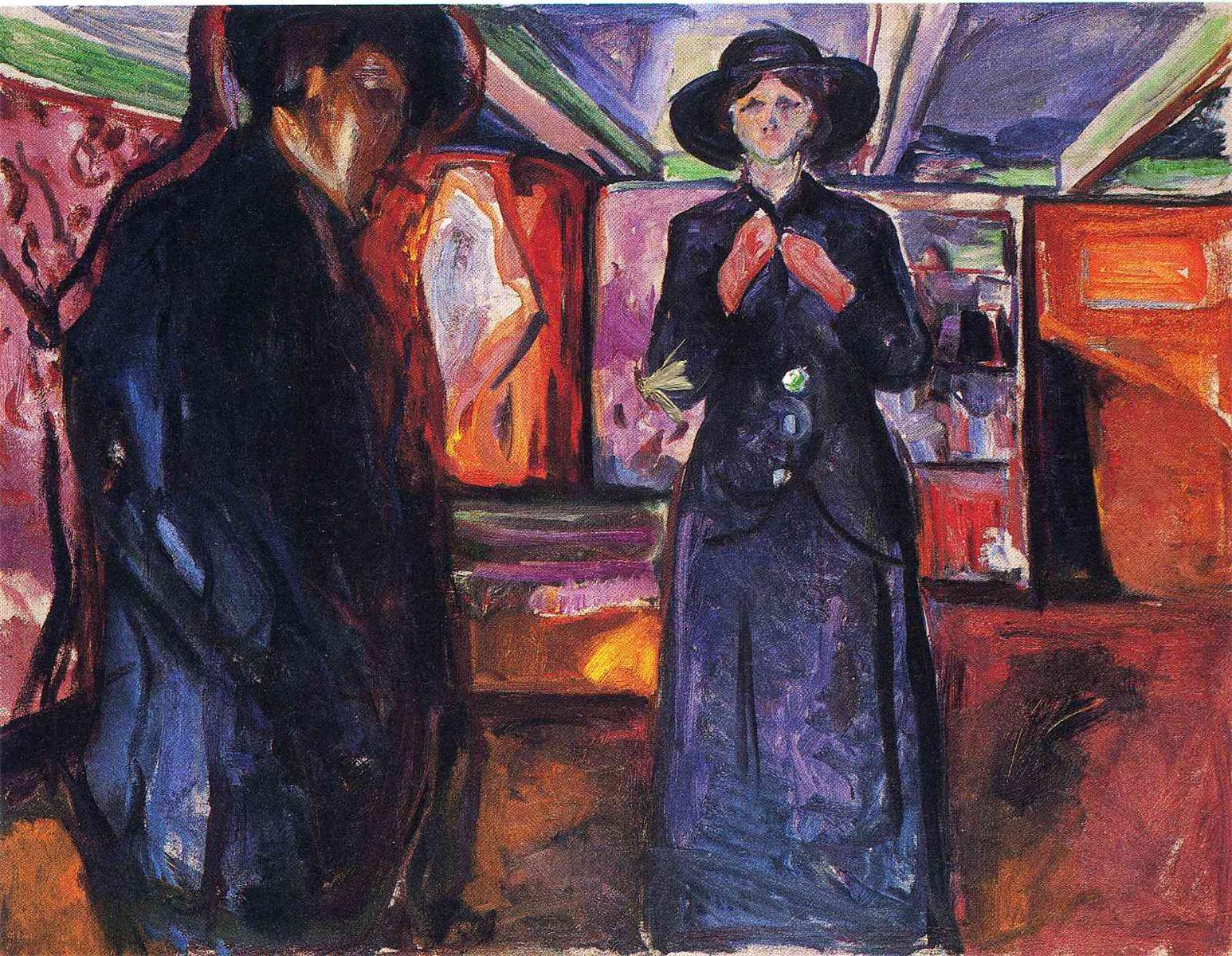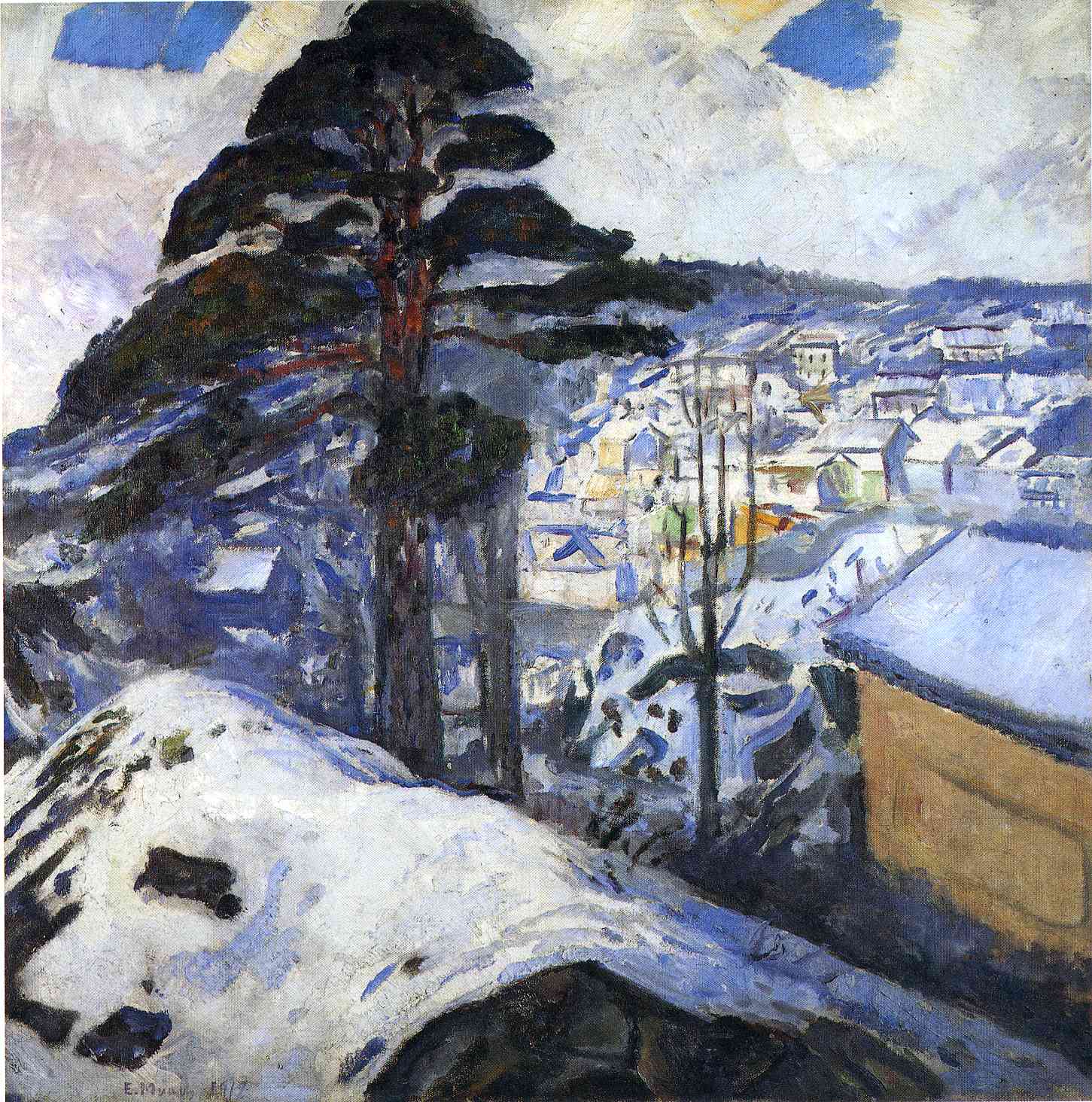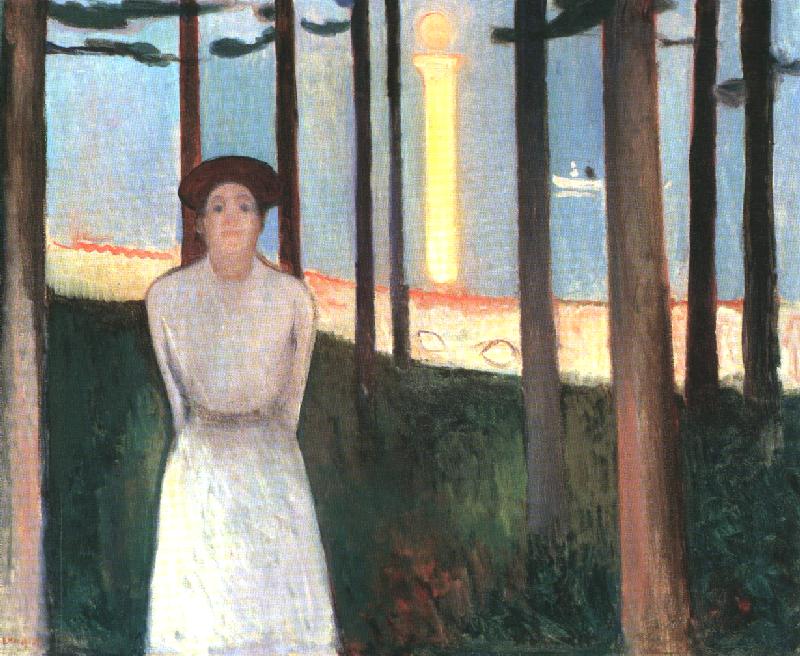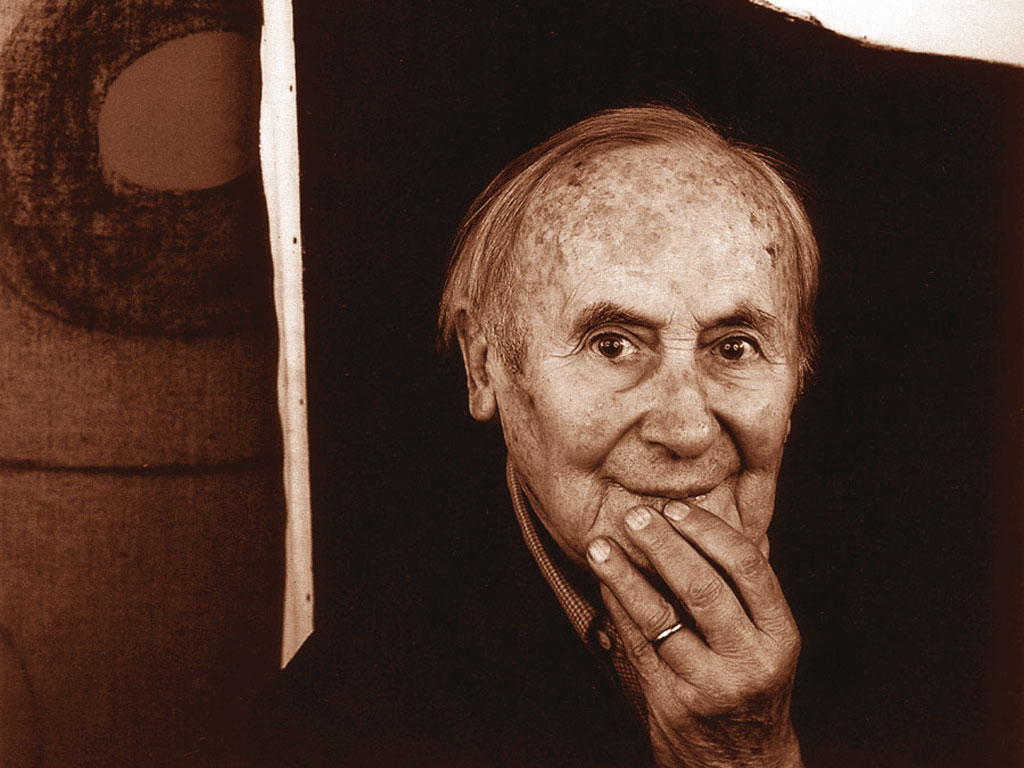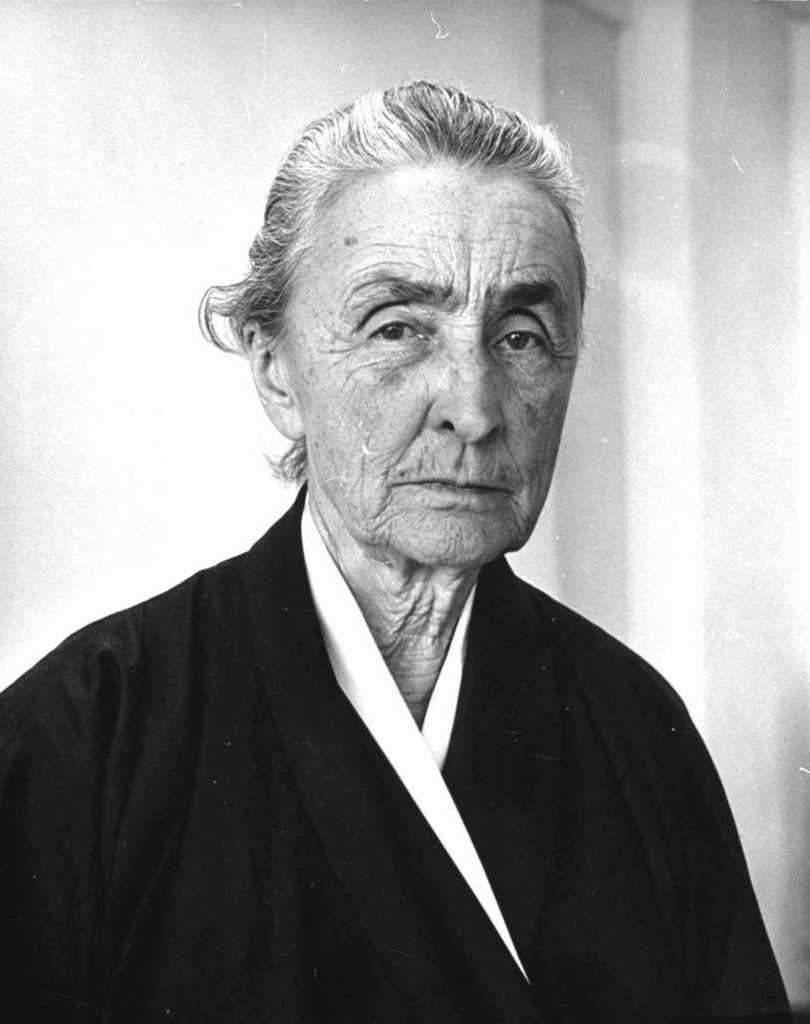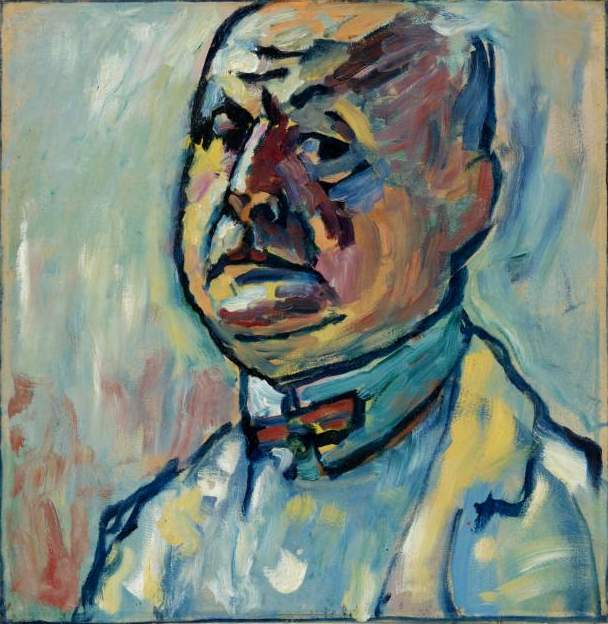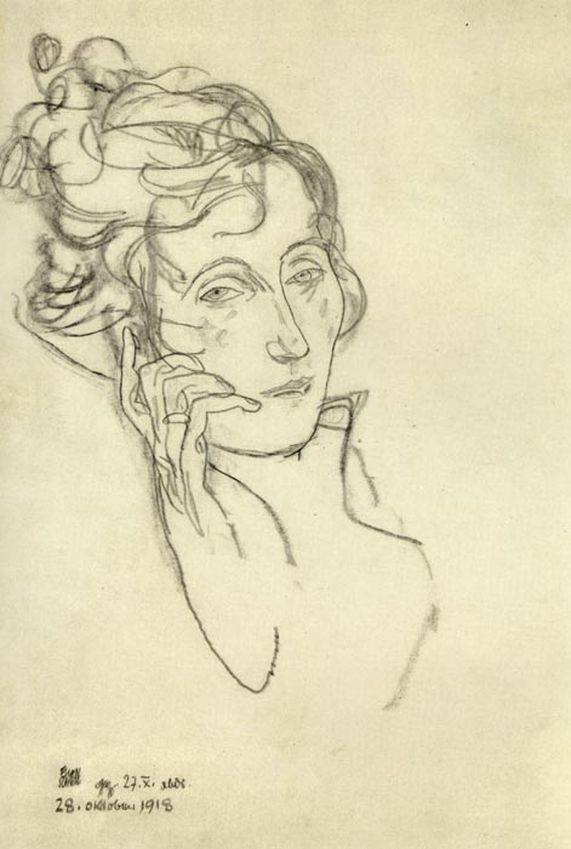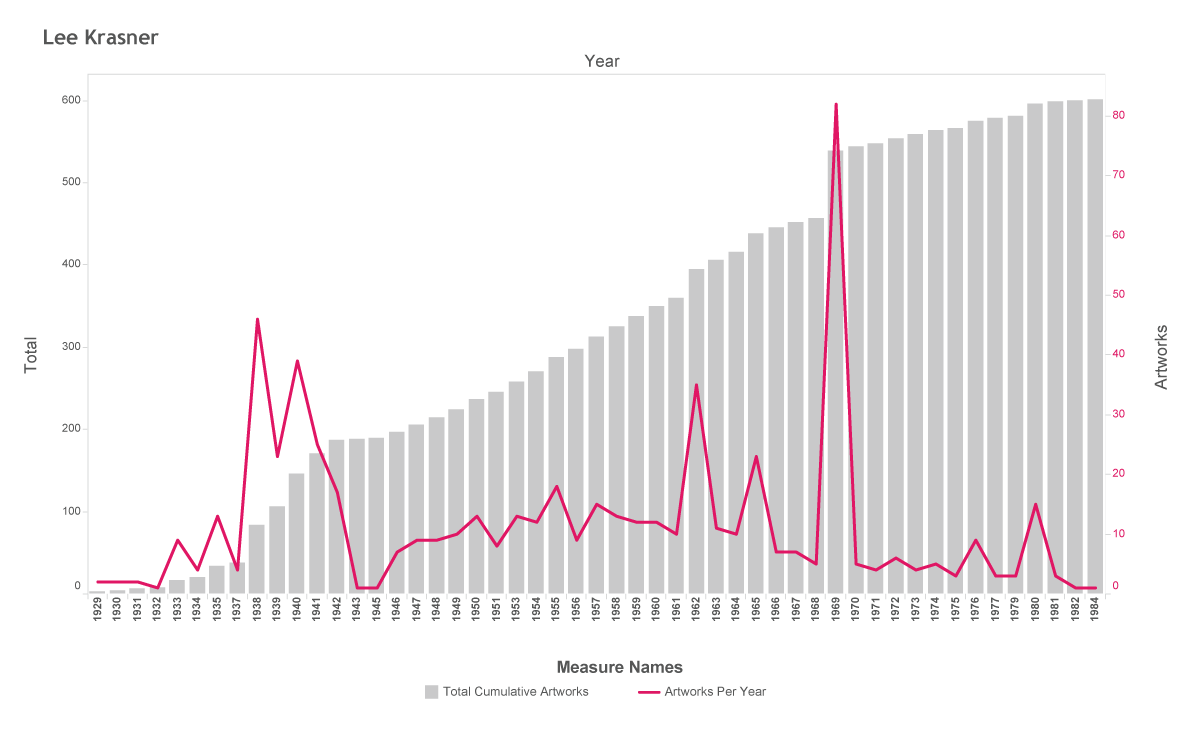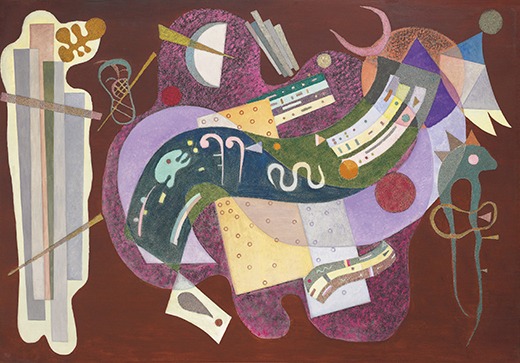I'm an art nerd from a family of tech nerds, so I am usually ahead of the curve on tech trends. But it took me a few years and the purchase of a CryptoKitty for me to understand what blockchain is and why it matters to the art market. Now that I understand it a bit better, I strongly suggest artists and art collectors take blockchain seriously and monitor the market. There are at least four major areas where blockchain will disrupt the art market:
1. Driving digital art sales through digital scarcity
2. Democratizing fine art investment
3. Improving provenance and reducing art forgery
4. Creating a more ethical way of paying artists
How can one technology make such a huge impact across four seemingly different areas in the art market? Read on and I will do my best to explain.
Blockchain and Digital Scarcity will Create a Massive Market for Digital Art and Crypto Collectibles
A big problem with producing and selling digital art is how easily it can be duplicated and pirated. Once something is copied and replicated for free, the value drops and the prospect of a market disappears. For things to be of value they need to have scarcity. Blockchain helps solve this for digital artists by introducing the idea of "digital scarcity": issuing a limited number of copies and tying them back to unique blocks proving ownership.
Blockchain is a fairly new technology platform that runs across millions of devices and is open to anyone. The Harvard Business Review describes it as "an open, distributed ledger that can record transactions between two parties efficiently and in a verifiable and permanent way." If you are not familiar with blockchain, you may be familiar with the cryptocurrency Bitcoin which runs on a blockchain paradigm. What you may not know is that in addition to currency, blockchain can be used for art and other intellectual property. With blockchain, trust is established through mass collaboration and clever code in place of a powerful centralized institutions serving as middlemen.
If you are finding the concept of blockchain and artificial scarcity a little confusing, you are not alone. I did not really understand it until I purchased some digital art from DADA.nyc. DADA.nyc provide a decentralized marketplace where you can buy limited-edition digital artworks with IP protection and proof of ownership. According to the DADA.nyc website:
"The DADA art collection becomes permanently embedded in the blockchain and can no longer be modified. This allows a user to verify that there are indeed only a certain number of limited-edition DADA artworks, that the artwork you buy belongs to you, and that it was created by a specific artist."
In order to buy art from DADA.nyc, I first had to first download and install the MetaMask digital wallet Chrome browser plugin. I then created an account at Coinbase, the world’s most popular way to buy and sell Bitcoin, Ethereum, and Litecoin, and connected it to my bank account. With that in place, I was able to purchase the above artwork by artist moxarra from the "Creeps & Weirdos" collection for 0.0168730806870718 Ethereum ($11.833). As the owner, I now have the option to sell the work, same as with a physical work of art - but I have to say that I have grown quite fond of it and think I will hold onto it for now.
While the art is nice, the real value may be in the interaction with the artist and the folks at DADA.nyc. They include prominent social sharing buttons for the artwork, and once shared, I received many sincere tweets of gratitude from the team at DADA.nyc and from the artist himself. I was even able to to chat with the artist about naming the piece "Arty the Artnome" as an "official" unofficial mascot for Artnome. What an awesome experience for less than the price of a movie ticket!
So what is the value of a blockchain distributed ledger in the above transaction?
Authentication/Attribution - The artist moxarra has authenticated that this work is, in fact, created by him. Because the record of authentication is on the Ethereum blockchain and distributed across millions of machines, moxarra cannot later decide the work was not his. This protects my investment as a collector indefinitely.
Digital Editions - The artist chose to offer this artwork in a limited edition of 200. Each number within the edition is tracked separately on the ledger. The artist cannot later expand the edition as this information is a matter of public record on the blockchain.
Proof of Ownership - I purchased number 44/200. This information is also decentralized and can not be contested.
Provenance - No matter how many times this work is bought and sold, my original purchase and the purchases of future owners of the work are documented and unalterable, creating a trusted provenance.
Remuneration - In the initial sales of the artwork, 70% goes to the artist and 30% goes to DADA. That is a fairly standard commission, what is unique though, is that the artist gets 30% for every additional sale of that same work, with the owner seller getting 60% and DADA getting 10%.
Still Confused? Maybe Buy a CryptoKitty?
As you can probably tell, it is still a little tricky getting set up to buy digital art and crypto collectibles. However, I strongly recommend people go through the process as it will become an increasingly popular way to buy, trade, and collect digital property, and you may not want to be late to the party. If you are not quite ready to buy digital art, you could always buy a CryptoKitty from CryptoKitties instead.
Good morning! I'm Kitty #407946. I believe the world is flat. My secret indulgence is salad. In time you'll learn how purrfect I am.
On the surface, CryptoKitties are a digital version of Beanie Babies, but under the hood, they are a Trojan Horse for educating the masses on blockchain and cryptocurrency. With over $12M in sales, CryptoKitties provides the low barrier to entry that will pave the way for markets featuring more expensive digital collectables and artworks. The rise of trendy crypto collectables like Cryptokitties, CryptoPunks, and Rare Pepe will seed the market with crypto-savvy consumers ready to buy.
Blockchain Democratizes Fine Art Investment
If you fancy yourself a "serious" collector of blue-chip art, perhaps you are thinking the blockchain is only about $11.00 digital drawings and cartoon cats and punks. Think again.
In 2018, the company Maecenas will be launching the first open blockchain platform that democratizes access to fine art. Now people who have always dreamed of owning famous paintings can buy shares in a Picasso, Warhol, Monet, etc. On the flipside, galleries, museums, and collectors can offer up works from their collection for bid on Maecenas to raise money for the purchase of future works (while leaving their collection intact). This may sound like a regular art fund, but remember that blockchain cuts out the middleman, greatly reducing the transaction costs. The transaction cost with blockchain is so low that Maecenas can theoretically let you invest as little as fractions of a penny using cryptocurrency without taking the hit of transaction fees. Maecenas shares the use case below on their website. It does a nice job of illustrating the savings that occur with using blockchain versus traditional transactions.
"A Gallery wants to acquire a $3M piece to expand its Warhol collection. Instead of getting a three-year art-secured loan at 13.5% annual interest, it can raise funds from Maecenus investors by listing some of their artwork at a 6% one-off fee. This represents a saving of over $400k in fees for the gallery."
Great for the gallery, but what about the investors? The investors also benefit from the magic of blockchain. Because fees and the cost of transactions goes dramatically down with blockchain, and cryptocurrency can be infinitely divided, Maecenus can transform artworks valued at tens of millions of dollars into tiny digital units that can be easily bought and sold in real time: essentially a stock market for art, but with far less friction or fees.
I am a huge fan of the model because it capitalizes on so many aspects of what makes blockchain so powerful opens up fine-art investing to everyone. My friends and family should expect fractional shares in blue chip art for many birthdays and Christmases to come.
Blockchain Reduces Art Forgery with Improved Authentication, Verification, and Provenance
Perhaps the most obvious use of blockchain (and closest to my heart) is to fight art forgery through the establishment of better authentication and provenance. Since at its core the blockchain is a distributed ledger, it can provide an unalterable record of provenance starting with authentication and ending with the current owner of an artwork.
Verisart certifies and verifies artworks and collectibles using the Bitcoin blockchain. They are fighting art forgery by providing an "airtight" authentication methodology that allows for real time verification of artworks using distributed ledger and image-recognition technology. Their initial target market is authentication for living, working artists. In the long run, they plan on moving toward authenticating older works by working with artists' estates eventually having the provenance for every artwork in their blockchain. (Shameless self-promotion here: If they are in need of a large database of data from catalogue raisonné, I may know someone who can help them out…)
Beyond fighting forgery and theft, blockchain has the potential to protect and support artists by introducing new methods of monetizing their work. Artlery is building the world's "first currency ever to be explicitly backed by the creation, exhibition, and appreciation of art," which they call CLIO, named after the muse of history. The CLIO is designed to support the creators of art, and artists can secure a spot in the initial offering by uploading their portfolios here: artlery.com/artists
How do I Get Involved with the Blockchain Art Market?
My recommendation would be to start simple. Get your feet wet with something as silly as a CryptoKitty, or better yet, support my new friends at DADA.nyc and buy some affordable, unique digital art - I promise you their gratitude will make you feel good about it and you’ll want to buy more. Once you have your MetaMask and Coinbase accounts set up and have your head around how the transactions work, you will be ready to invest in microshares of a Monet or a Picasso when Maecenas goes live in 2018.
For artists, I'd strongly recommend looking into a service like Verisart or Ascribe to protect and monetize your work. I’ve spent the last three years building an analytical art database of known works for our most important artists because I find the current vulnerability of our artistic record to fakes and forgeries deeply depressing. If current artists leverage blockchain technology to authenticate and track their works, we will have a clean, unalterable record of their artworks and can avoid posthumously piecing together a record of their work in a catalogue raisonné. For this reason alone, blockchain may be the most important technology to ever hit the art market.
Update: Many have asked how to tokenize their own art and launch a blockchain art marketplace. We have outlined this in a new article titled Blockchain 3.0 - How to Launch Your Own Blockchain Art Market.
If you are interested in learning more about art on the blockchain check out my podcast, "Dank Rares" where I interview the pioneers in the blockchain art world. You can find it here on Soundcloud and you can also subscribe on iTunes here.
Have an interesting use case for blockchain in the art market that I failed to address? Hit me up at jason@artnome.com and lets chat!


